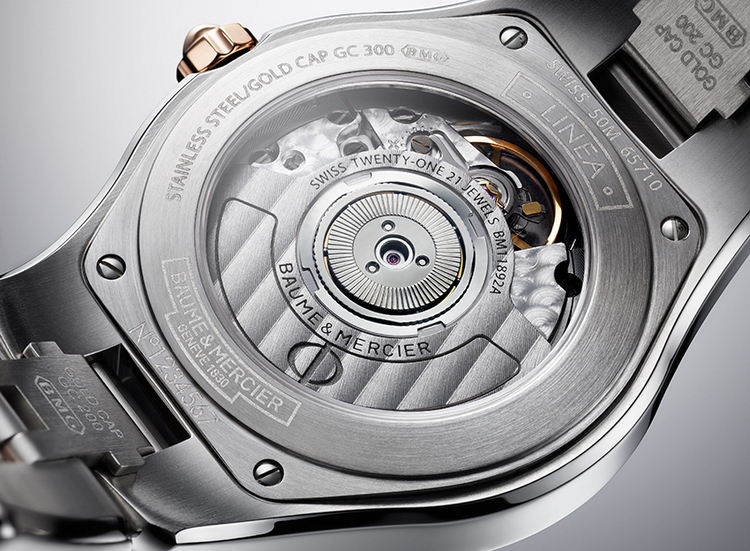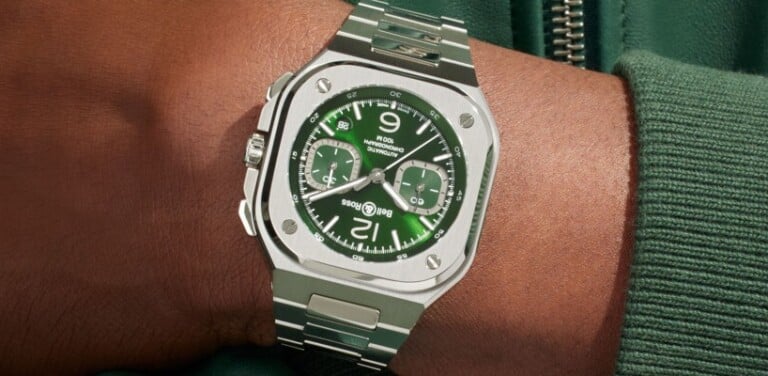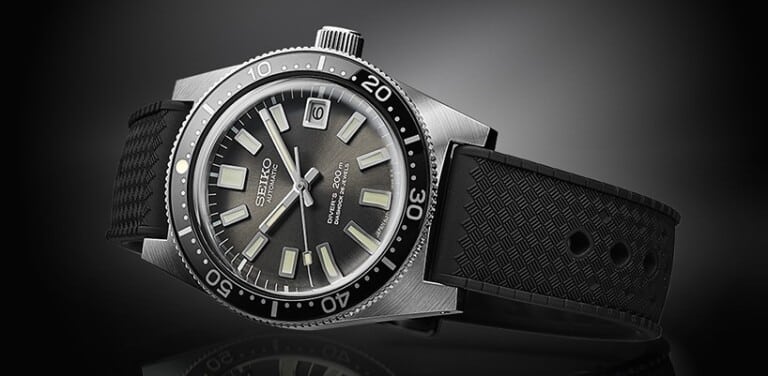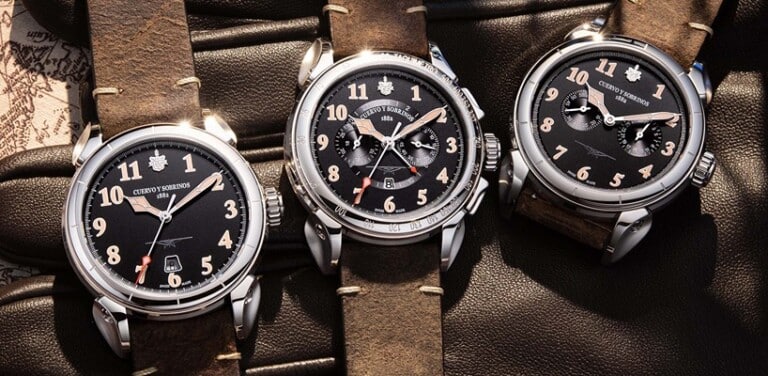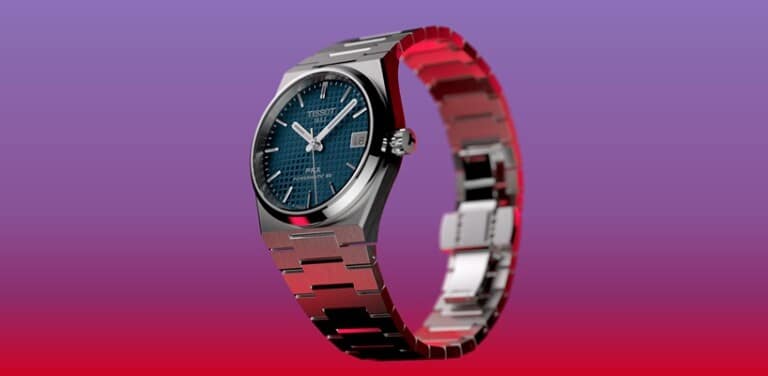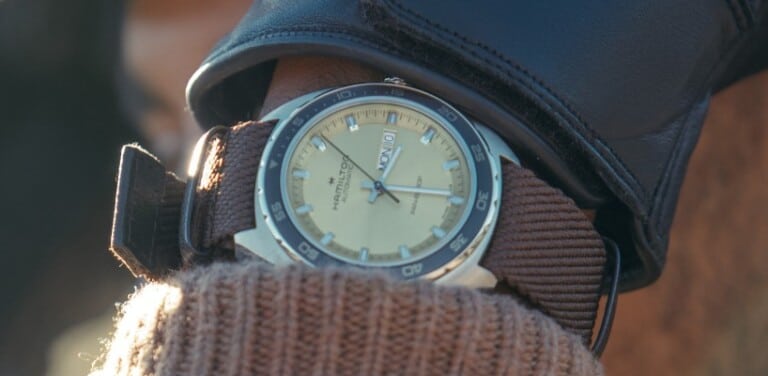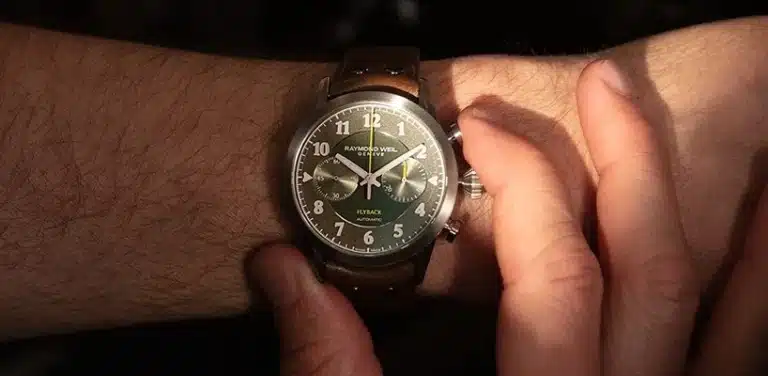You are not alone if you are someone new to the world of watches and are struggling to understand the difference between different types of watch movements. To makes things easier for those of you still learning, we have created a simple and helpful guide that will explain the different types of watch movements available and the pros and cons of each of them.
What is a watch movement?
First things first, let’s explain what a watch movement actually is.
A watch movement, also known as a watch’s calibre, is what makes the watch tick. Commonly hidden inside the case but sometimes displayed through the dial or the case back, a watch’s movement refers to the mechanism that powers the functions displayed on the dial from the hour hands to date functions and chronograph features.
The majority of people will purchase a watch based solely on its aesthetic, but what most people don’t understand is that the mechanism inside makes all the difference. Different types of watch movements have different benefits and disadvantages so choosing the right one for you is important.
Quartz Movements
A quartz watch movement tends to the easiest to explain since it is simply a watch powered by a battery. Quartz watches work through the use of an electronic oscillator that transmits an electric current through a piece of crystal quartz. This current vibrates at a high speed of around 3,768 times a second until this frequency is released through a small stepping motor and converted into a single pulse every second. The consistent movement of the watch hands is a result of this pulse.
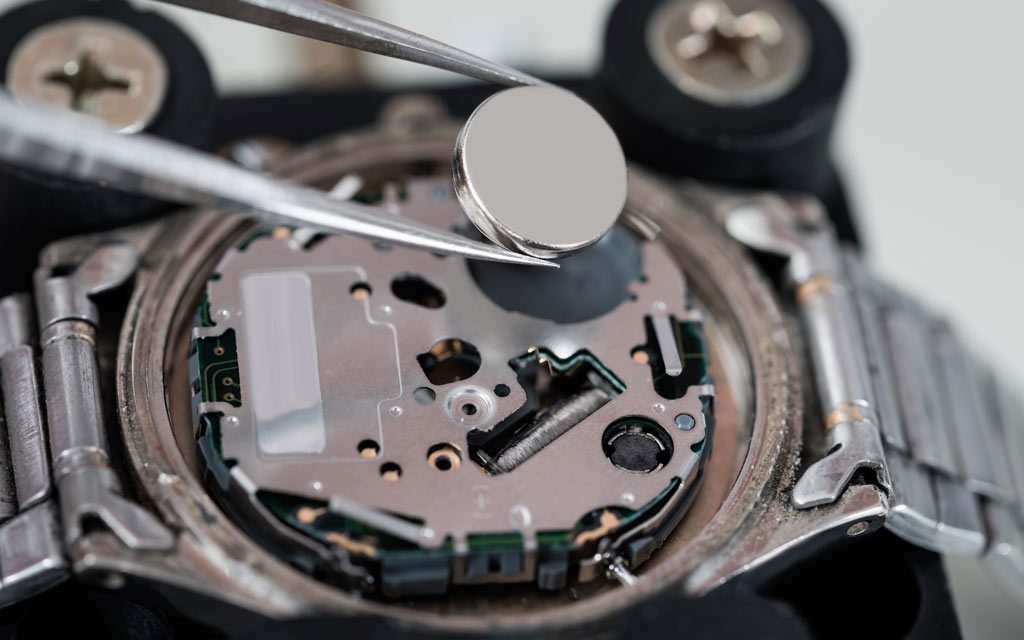
Benefits of a Quartz Watch Movement
- Cheaper: Quartz watches are generally cheaper than those with mechanical movements
- Accurate: Quartz movements tend to be more accurate than other types of watch movements losing an average of only 1-2 seconds a month
- Low Maintenance: Due to the lower number of parts needed in a quartz movement, they are much easier to care for and tend to require less maintenance and servicing
- Easy to Use: Since they are powered by a battery, there is no need for any human intervention to keep the watch ticking
Disadvantages of a Quartz Watch Movement
- Replacing Battery: The battery inside a quartz watch will need to be replaced every 2-3 years
- Lack of Craftsmanship: If you are someone who enjoys the unique and detailed craftsmanship of a mechanical movement, then a battery operated watch may lack substance
MECHANICAL MOVEMENTS
Unlike a quartz movement which is powered by a battery, a mechanical movement is powered by a combination of tiny and intricate components. The sole provider inside a mechanical movement is something called a mainspring. For the watch to start ticking, the mainspring must be wound up to then transfer the energy through a series of gear components including a balance wheel and an escapement, regulating a release of energy to power the watch.
The beauty of a mechanical movement comes from its complexity and the elegant craftsmanship that must go into each calibre to make the watch work. Mechanical watches have been used by horologists for hundreds of years and they continue to be just as powerful and popular today. Watch collectors tend to be more fixated on mechanical watches due to their fascinating craftsmanship.
There are two types of mechanical watches available: a self-winding mechanical watch and an automatic mechanical watch.
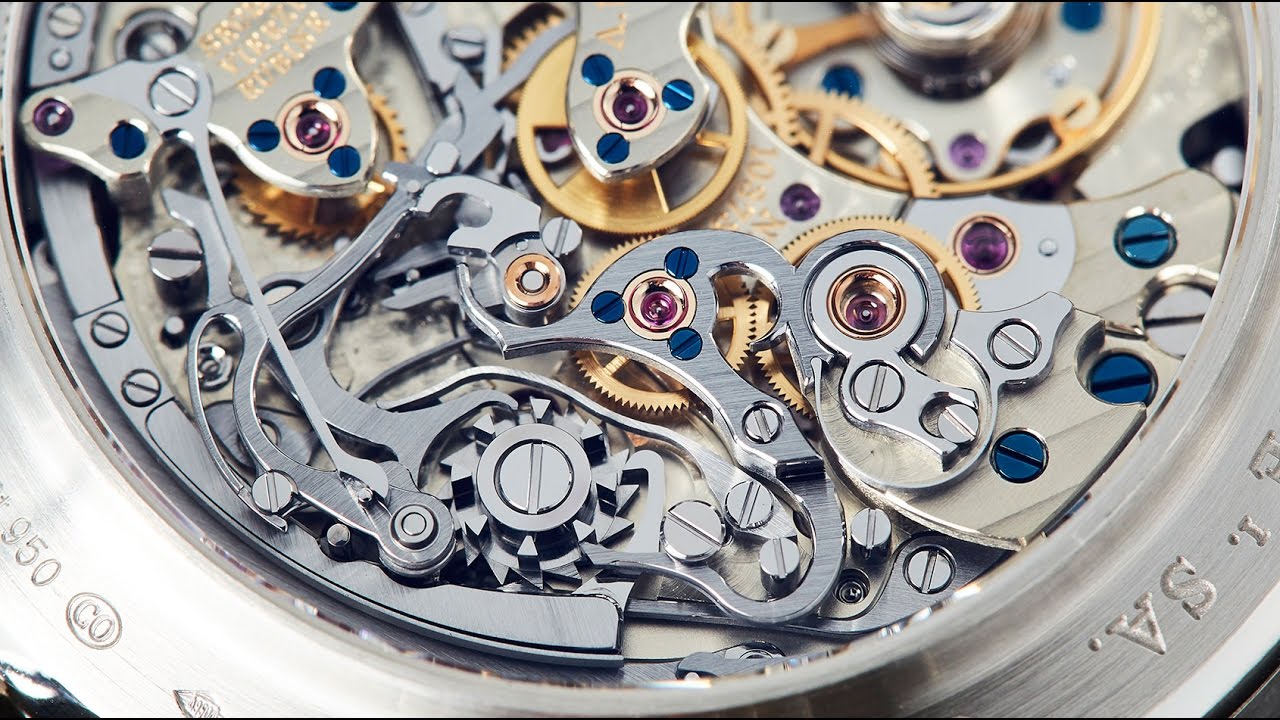
Benefits of a Mechanical Movement:
- Battery: There is no need to worry about having to have the battery changed in a mechanical watch since it does not have one
- Accuracy: Although not as accurate as a quartz movement, mechanical calibres are still highly accurate
- Appearance: Some mechanical watches have glass case backs or skeletonised dials which allow you to witness the beauty of the mechanical movement through the watch’s design
- Longevity: A well-built mechanical watch will last a lifetime with proper care
Disadvantages of a Mechanical Movement:
- Price: Due to the craftsmanship that goes into a mechanical watch, they tend to be more expensive that quartz watches
- Must be wound: It is necessary to manually wind mechanical movements whether that be by the crown or by wearing the watch frequently
- Higher Maintenance: Since mechanical movements consist of so many intricate components, it is necessary to get a mechanical watch serviced every 2-3 years to ensure it remains accurate and lasts a lifetime
Manual Winding Movements
As previously explained, to power a mechanical watch the mainspring must be wound, so in a manual winding watch, the user must physically wind the mainspring themselves. This is usually done by turning the crown which charges the mainspring and stores up energy until the crown resists and you can no longer turn it. Once you release the crown, the spring unwinds at a limited speed and transfers the energy through the balance wheel and escapement which consequently powers the functions on the dial.
How often you need to wind your watch will depend on the model you have, but the majority of manual winding watches require winding every two to three days. Although some may find the necessity to manually wind a watch a hassle, others find the intimacy of powering their own timepiece a pleasurable ritual.
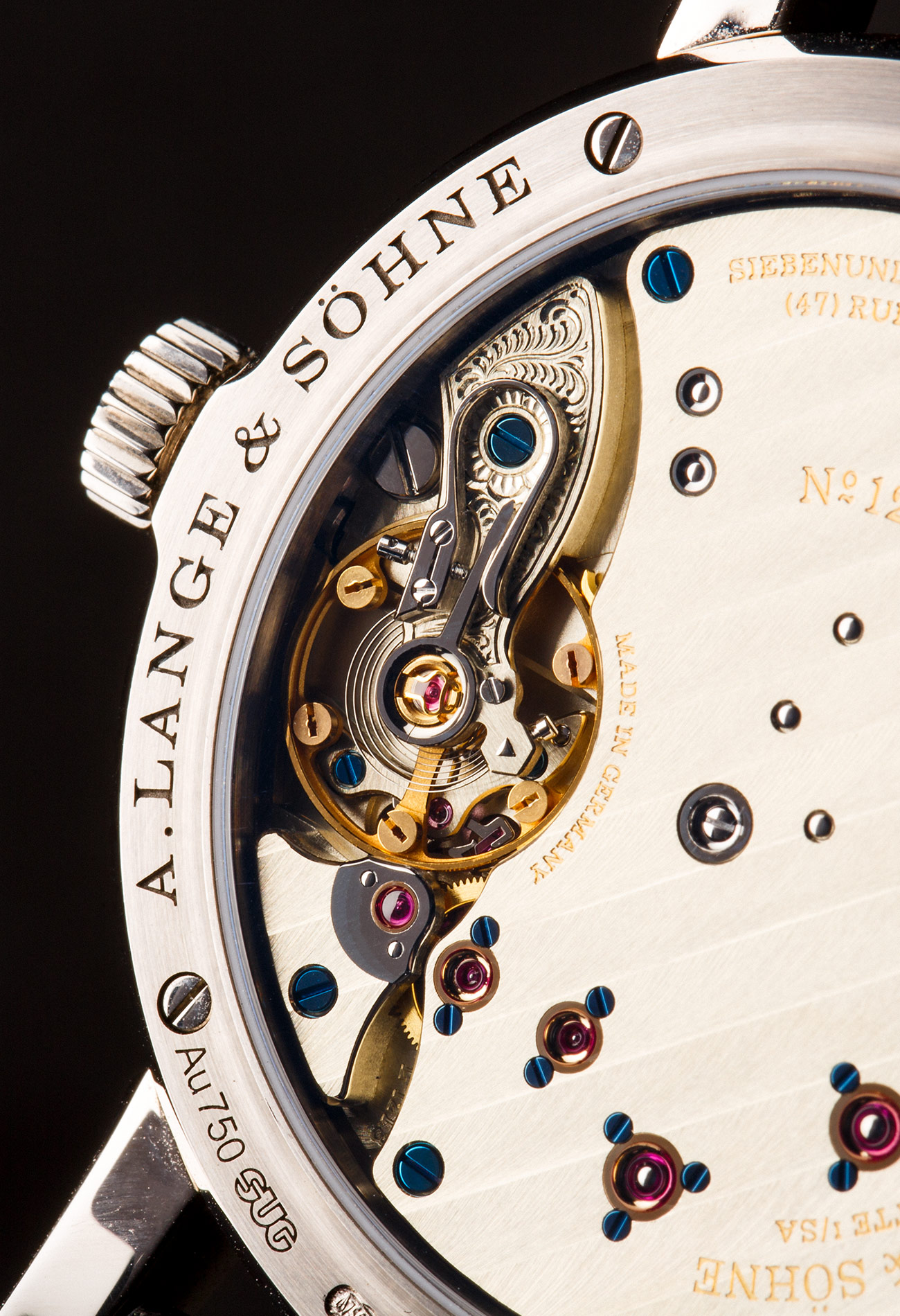
Automatic Winding Movements
Unlike a manual winding movement which must be wound by the wearer through the crown, an automatic watch – also sometimes referred to as a self-winding watch – is wound automatically through the movement of the wrist. The mainspring continues to be the sole provider of energy, but this time energy is created by the oscillating rotor which spins around as you move your wrist and thus winds the mainspring.
Automatic watches require regular wearing otherwise the watch will eventually stop and will need to be reset. You can also purchase automatic watch winders that allow you to keep the watch powered even when you are not wearing it.
